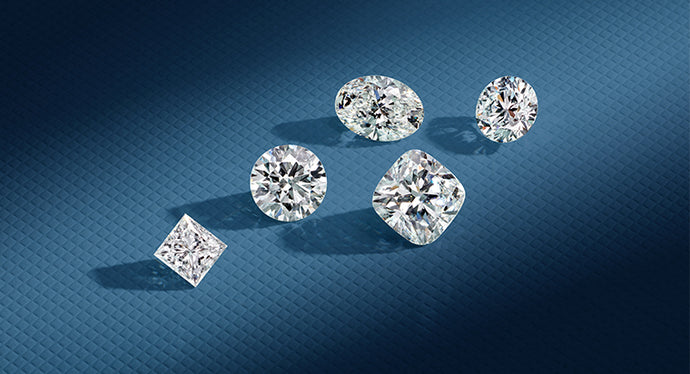In the world of diamonds, a new contender has emerged, challenging the dominance of natural diamonds—lab-grown diamonds. With advancements in technology, scientists have perfected the art of creating diamonds in controlled laboratory environments, sparking a debate within the jewelry industry and among consumers: Are lab-grown diamonds better than their natural counterparts?
Understanding Lab-Grown Diamonds
Before delving into the debate, let’s understand what lab-grown diamonds are. Unlike natural diamonds, which are formed deep within the Earth’s mantle over millions of years, lab-grown diamonds are created in a matter of weeks using advanced technology that replicates the natural diamond-growing process. These diamonds possess the same chemical, physical, and optical properties as natural diamonds, making them visually and chemically identical.
The Environmental Impact
One of the primary arguments in favor of lab-grown diamonds is their reduced environmental impact. Traditional diamond mining involves extensive land excavation, habitat disruption, and carbon emissions, contributing to environmental degradation. In contrast, lab-grown diamonds require significantly less land and energy, producing minimal carbon emissions and reducing the overall environmental footprint associated with diamond production.
Ethical Considerations
Ethical concerns surrounding the diamond industry have long been a point of contention. Conflict diamonds, also known as blood diamonds, are mined in war zones and sold to finance armed conflicts, leading to human rights violations and environmental devastation. By opting for lab-grown diamonds, consumers can ensure that their purchase is free from ethical dilemmas, as these diamonds are ethically sourced and conflict-free.
Quality and Value
When it comes to quality and value, both natural and lab-grown diamonds have their merits. Natural diamonds are prized for their rarity and unique characteristics formed over millions of years, often commanding higher prices in the market. On the other hand, lab-grown diamonds offer consistency in quality, clarity, and color, allowing consumers to choose their desired specifications at a more affordable price point.
The Sparkle Factor
One of the most significant factors influencing the debate is the sparkle factor—how brilliantly a diamond reflects light. Both natural and lab-grown diamonds exhibit exceptional sparkle and brilliance, captivating admirers with their mesmerizing beauty. However, some argue that lab created diamonds, being grown in controlled environments, may have superior clarity and consistency in sparkle compared to natural diamonds.
Consumer Preference and Perception
Ultimately, the preference between natural and lab-grown diamonds boils down to individual choice and perception. While some consumers value the rarity and authenticity of natural diamonds, others prioritize ethical considerations, environmental sustainability, and affordability offered by lab-grown diamonds. As awareness grows and technology advances, the market for lab-grown diamonds continues to expand, challenging traditional notions of diamond acquisition.
Conclusion
In the age-old debate of natural versus are lab grown diamonds better, there is no definitive answer to whether one is better than the other. Each type of diamond has its own set of advantages and considerations, catering to the diverse preferences of consumers worldwide. Whether you choose a natural diamond steeped in history and tradition or opt for a lab-grown diamond driven by innovation and sustainability, what matters most is the significance and symbolism it holds for you.

